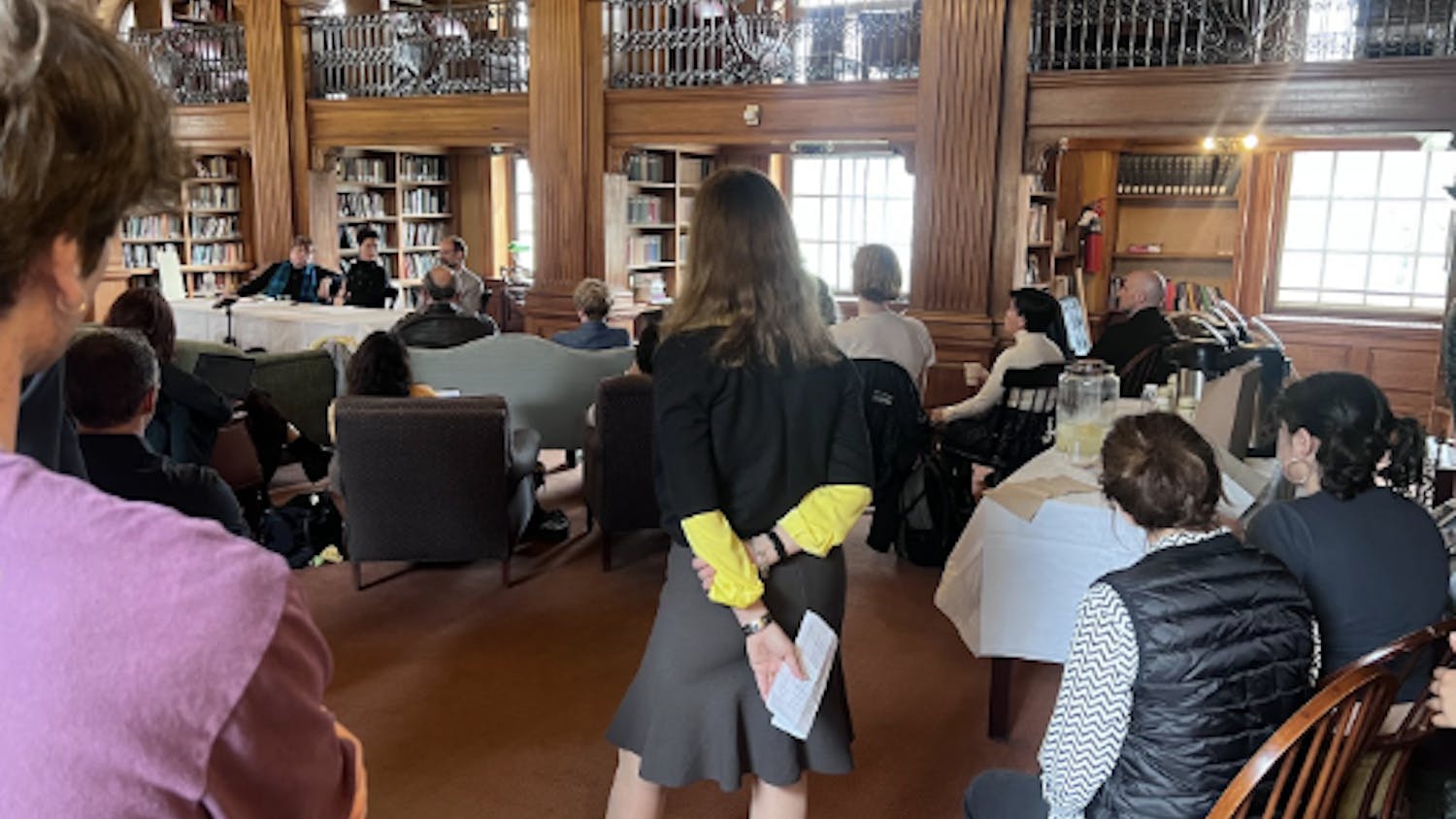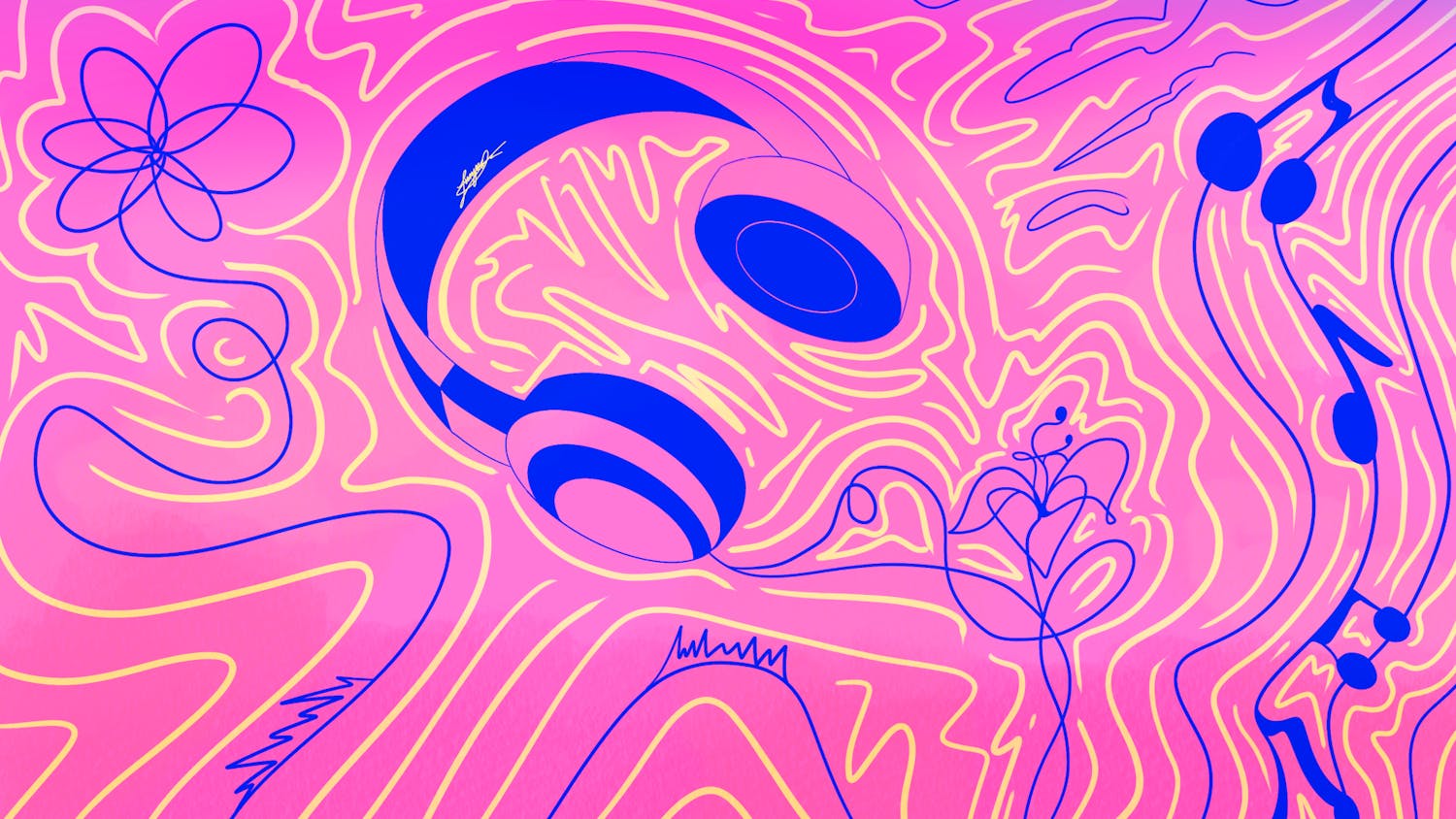Sunday mornings are for reading comics: Garfield, Peanuts, Dilbert and Blondie. At least, that is how many children are initially exposed to the panels of drawings and text that attempt to tell a story and elicit a few laughs.
Dartmouth’s second annual Illustrations, Comics and Animation Conference, running Friday through Sunday, will present a more complicated view of the art form. Academics across fields will discuss social and cultural readings of comics, historical developments and new technological changes affecting the industry.
Few U.S. conferences focus on emerging scholarship in the field, English professor and organizer Michael Chaney said, so the event’s broad swath of experts from different disciplines is unusual, as many attending scholars are interested in interdisciplinary studies.
“It’s like a lot of things in life — you notice something missing and seek to fill the gap, and when you do, you realize that other people were hoping that the gap would be filled, too,” he said.
Panels, some of which will be moderated by Dartmouth faculty and students, include “Cinema, Knowledge and Identity,” “Comics and Autobiography” and “Out of the Box: Re-imagining the Panel.”
Discussions will explore how the medium combines visual and narrative storytelling to create a rich experience for readers, Chaney said. Though recent comics-based movies, like those inspired by Batman and Spider-Man, have broadened the comics fan base, academic circles have been slow to gain interest, he said.
“With their hybrid assembly of words and images, I think that comics can tell stories in a way that no painting ever could, in a way that no film can,” he said.
In light of current pop culture trends, the conference will explore superheroes and villains and social commentary found in comics strips and graphic novels.
Andrew Feather MALS’15, a panel moderator, said that many people dismiss comics and graphic novels for appearing simple and using pictures to tell a story. Their underlying themes, however, may be quite complex.
“People need to get past the façade of what they think the graphic novel is and then actually pick some of these graphic novels up and read them,” Feather said.
Margaret Tierney ’14, who will moderate a panel titled “Psyche, Physicality and Poetry,” said she became interested in graphic novels while taking a class with Chaney on the subject this term.
“I’ve always used words to explain stories,” Tierney said. “I’m missing a huge part of my story telling vocabulary by not having an ability to tell stories visually.”
Students from White River Junction’s The Center for Cartoon Studies will also display their works at the conference, which will include a book fair.



